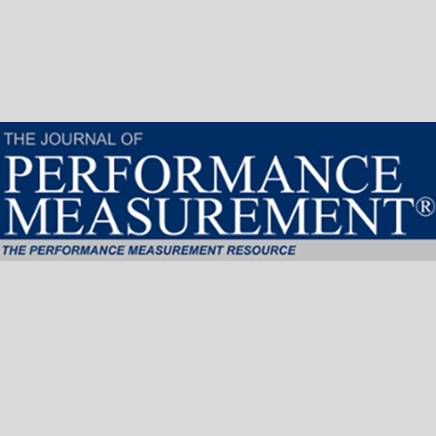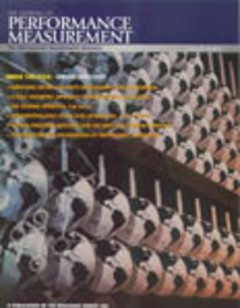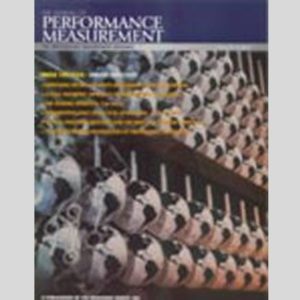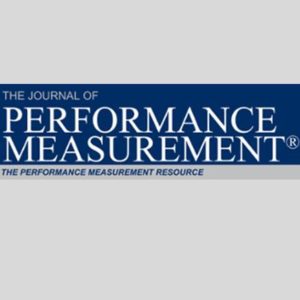Improving Return Volatility Measurement and Presentation
$25
This article offers solutions to what the authors says are current flaws in return volatility measurement and presentation. The author contends that current return volatility reporting is less than ideal in its calculation, singular definition, and presentation. Examples are provided to support this position and to present solutions to the issues uncovered. With performance acting as the ultimate scorecard and volatility reporting on the rise with increasing scrutiny, this article serves to revisit the process that produces the return volatility scores that are directly reported or are embedded within other measures such as tracking error and the information ratio.
Author: Timothy P. Ryan
This article offers solutions to what the authors says are current flaws in return volatility measurement and presentation. The author contends that current return volatility reporting is less than ideal in its calculation, singular definition, and presentation. Examples are provided to support this position and to present solutions to the issues uncovered. With performance acting as the ultimate scorecard and volatility reporting on the rise with increasing scrutiny, this article serves to revisit the process that produces the return volatility scores that are directly reported or are embedded within other measures such as tracking error and the information ratio.





